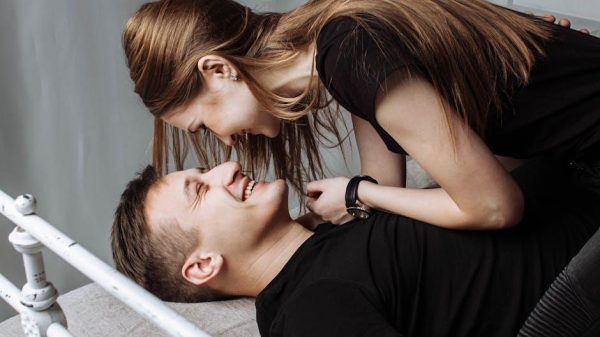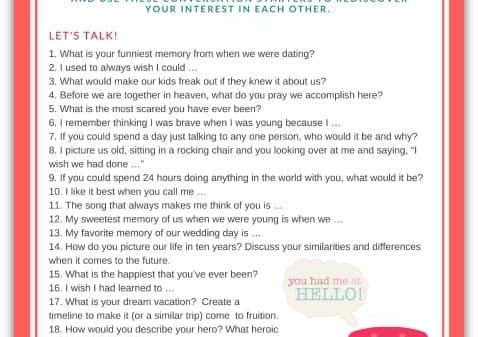Navigating the intricate dance of modern dating can often feel like a daunting task, especially after the excitement of a successful first date. You’ve shared stories, exchanged laughter, and perhaps even discovered a shared love for obscure indie films or an unexpected passion for hiking. Now, as the dust settles, the question looms: How do you gracefully transition from a memorable first encounter to securing that coveted second date? In this article, we will explore the art of expressing genuine interest and crafting a thoughtful approach to asking for a second date, ensuring that the spark ignited during your initial meeting has the opportunity to grow into something more meaningful. Whether you’re a seasoned dater or new to the scene, these insights will help you navigate this pivotal moment with confidence and poise.
Building on First Impressions Crafting the Perfect Follow-Up Message Choosing the Right Time to Ask for a Second Date Understanding and Responding to Signals
Crafting a follow-up message that reflects the chemistry of your first meeting is crucial. Start by referencing a shared moment or a mutual interest that came up during your initial encounter. This demonstrates that you were attentive and genuinely enjoyed your time together. Keep the tone light and sincere. Here are some elements to consider including in your message:
- A personal touch: Mention something specific from your first date that made it special.
- A hint of humor: If appropriate, incorporate a light-hearted joke or playful comment.
- A clear intention: Express your interest in meeting again without being overly eager.
Timing is everything when it comes to proposing a second date. While you don’t want to appear too eager, waiting too long might signal disinterest. A good rule of thumb is to send your follow-up message within 24-48 hours. This window allows the initial excitement to linger while showing that you are proactive and considerate. Pay close attention to their responses; positive signals might include prompt replies, enthusiasm, and engagement with your suggestions. Respond to these cues with confidence, proposing a specific plan or activity for your next meeting. If their signals are mixed or vague, gently inquire about their thoughts to ensure you’re on the same page.








